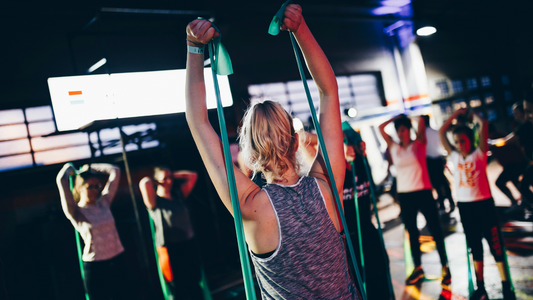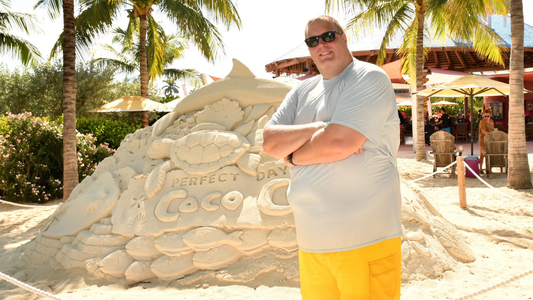

How Long Does It Take for Running To Get Easier?
Running can be an amazing way to get fitter and happier. However, it can be challenging as well. Many people who are new to the activity or who have stepped away from it for a while before returning find themselves wondering, when does running get easier? The good news: If you put in the time and are consistent about running, it definitely gets better. However, each runner’s timeline varies. Let ZOZOFIT break it down for you here.
When Does Running Get Easier?
Running is physically demanding, so your body likely has to get used to it. A general rule of thumb is that it takes two to six weeks for running to start getting a little easier for you.
It may take up to three months before it begins to feel noticeably easier. If you prefer to think in terms of the length of a run, running generally feels easier when you have the ability to run continuously for 30 minutes.
Factors Influencing the Timeline
Your age, current fitness experience, genetics, body size, and running routine all affect how quickly you'll ease into running. For example, a person who already plays a lot of tennis will generally have a smoother time than someone who has been doing only light walking.
Changes Your Body Undergoes
How long does it take for running to get easier? Part of the answer relates to the changes your body undergoes. Your heart and lungs can become noticeably stronger within a few weeks to help with cardiovascular endurance. If they already have some endurance from other activities, you may notice you start to run more easily more quickly than a previously inactive friend.
With time, running strengthens your leg, core, and upper body muscles. The same goes for your ligaments, joints, and tendons. As they all adapt, you may notice that your runs become more trouble-free. (You can track these physical changes with the ZOZOFIT app, too.)
Keep running form in mind. New runners may move their arms inefficiently or overstride. This costs energy and leads to more fatigue. With experience, your body is able to optimize how it moves for easier running.
You can help your body along by focusing on an upright posture, a bit of a lean forward, and quick feet turnover (cadence, or the number of times your feet push off the ground per minute of running). Eventually, you’ll find that running has gotten much easier and more enjoyable.
How Can You Make Running Feel Easier?
To make running feel easier as you get into the routine, try these tips:
- Stay positive in the face of self-doubt or a lack of motivation, and make it as easy as possible for yourself to run with your schedule and routes.
- Increase your running distance and intensity gradually to cut down on the risk of injuries.
- Perform strength training, cycling, or swimming on days you do not run to reduce muscle overuse and still improve your fitness.
- Wear high-quality shoes that offer excellent support and cushioning.
- Join a running group or an online community for support and tips.
When Does Running Get Easier?
The answer to, “When does running get easier?” varies by the individual. To encourage you along the way, track how your body changes as you gain more running endurance. Read about how ZOZOFIT takes the guesswork out of tracking your body's shape with our app that features an array of digital tools, including body fat percentage calculations, goal-setting, side-by-scan comparison feature. and our intuitive ColorMetric view. If you're looking to achieve your fitness goals, ZOZOFIT is here to help.

![zf-w-[168px] zf-h-[40px]](http://zozofit.com/cdn/shop/t/15/assets/logo-desktop.png?v=117713855448369080381753069598)




